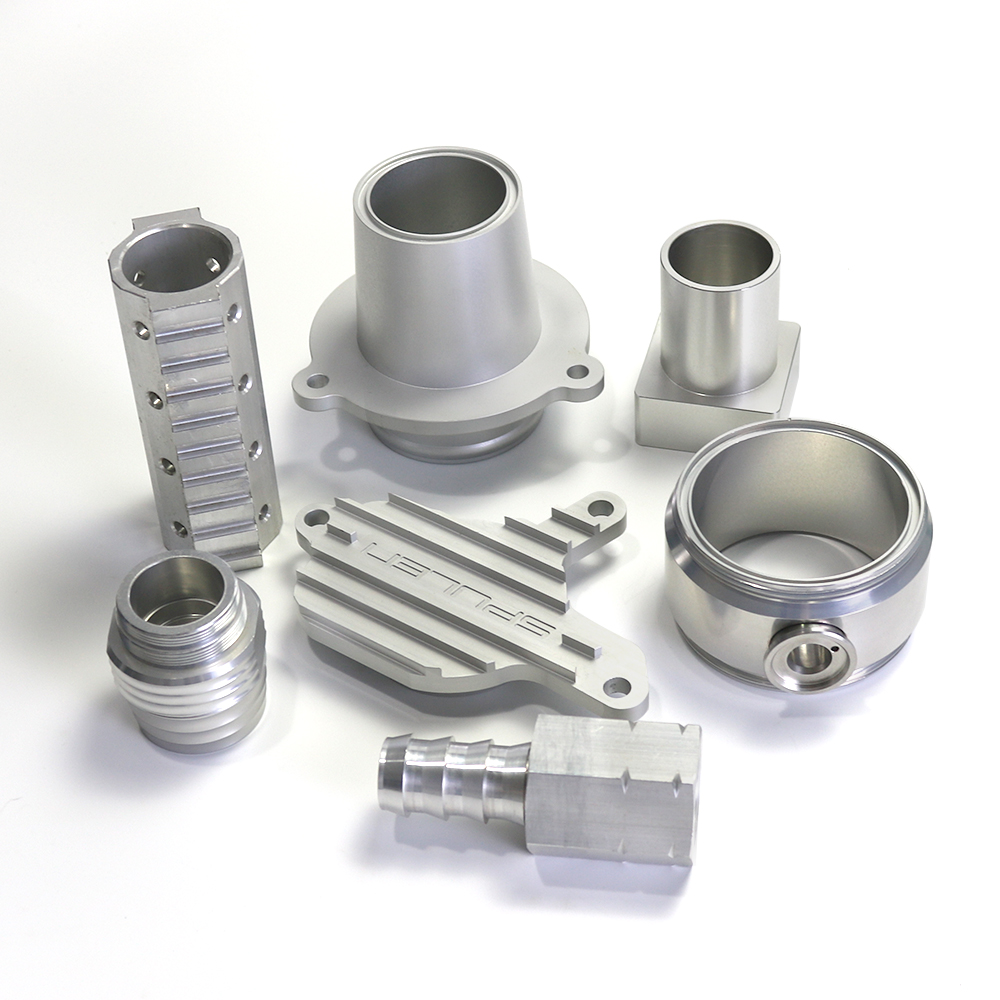The Machining Industry: Current Trends and Future Directions Shaping the Manufacturing Landscape

The machining industry, a cornerstone of global manufacturing, is at a critical juncture. As demand for precision, efficiency, and innovation grows across sectors like aerospace, automotive, medical devices, and electronics, the industry is evolving faster than ever. From the advent of Industry 4.0 to the integration of advanced materials and sustainable practices, the machining sector is being reshaped by technology, shifting market dynamics, and new production paradigms.
In this article, we dive into the current state of the machining industry and explore the key development directions that are poised to define its future.
Current Status of the Machining Industry
1. Accelerating Technological Integration
The machining industry is undergoing a technological renaissance. CNC (Computer Numerical Control) machines, which already provide a high level of automation and precision, are being upgraded with advanced AI-powered analytics, IoT (Internet of Things) connectivity, and machine learning. These technologies are enabling smart manufacturing—a more agile, efficient, and data-driven approach to production. Machines are now capable of self-optimizing in real-time, reducing human error, improving uptime, and enhancing quality control.
2. Increased Demand for Precision and Customization
Precision machining has become indispensable across industries, particularly in aerospace, automotive, medical devices, and electronics. As these sectors demand ever-more intricate parts with tighter tolerances, the machining industry is investing heavily in advanced tools like ultra-precision machines, multi-axis CNC machines, and hybrid manufacturing systems that combine traditional subtractive methods with additive technologies. This allows for complex geometries, faster production, and cost efficiency without compromising on quality.
3. Supply Chain Pressures
The global machining industry, like many others, is facing challenges from supply chain disruptions, labor shortages, and inflationary pressures on raw materials. COVID-19 and geopolitical tensions have exposed vulnerabilities in global supply chains, forcing companies to rethink their production strategies. As a result, there’s a notable shift towards localization, with manufacturers exploring ways to bring more production back home or closer to end markets, which can reduce lead times and mitigate risks from international disruptions.
4. Sustainability Focus
Environmental sustainability is one of the most significant challenges—and opportunities—in the machining industry today. As regulations tighten and demand for greener products rises, manufacturers are under increasing pressure to reduce energy consumption, material waste, and carbon footprints. Companies are exploring new eco-friendly cutting fluids, energy-efficient machining systems, and recyclable materials to meet sustainability goals while maintaining high levels of performance and quality.
Key Development Directions in the Machining Industry
1. The Rise of Smart Manufacturing
The future of machining is undoubtedly digital. Industry 4.0 technologies, which include AI, machine learning, and digital twins, are transforming how machining systems operate. Smart manufacturing systems, with real-time data collection and predictive analytics, allow for continuous monitoring, maintenance optimization, and better decision-making. These systems can predict when a tool is nearing the end of its lifecycle, automatically adjust settings for efficiency, or even alert operators to potential issues before they become problems, minimizing downtime and boosting productivity.
Edge computing is also being integrated into CNC machines, enabling localized data processing and faster response times. This shift to digital, data-driven production will increase the overall competitiveness of the industry, allowing manufacturers to meet rapidly changing customer demands with greater speed and flexibility.
2. Hybrid Manufacturing Technologies
The integration of additive manufacturing (3D printing) with traditional machining is gaining ground. Hybrid manufacturing systems, which combine subtractive machining with additive methods, allow manufacturers to produce more complex, lightweight parts while reducing material waste and production time. These technologies are particularly attractive for industries that demand complex, low-volume production runs, such as aerospace and medical devices.
The ability to print components with additive methods, followed by precision machining to achieve tight tolerances and superior surface finishes, is transforming the way products are designed and manufactured. This approach allows for customization on a mass scale while reducing lead times, a significant advantage in today’s fast-paced markets.
3. Advancements in Material Innovation
The machining industry is also seeing breakthroughs in materials technology. As industries such as aerospace and automotive demand lightweight, high-strength materials, new alloys, composites, and advanced ceramics are being developed to withstand extreme conditions while maintaining performance.
Machining processes are evolving to accommodate these new materials, with harder cutting tools and advanced coatings that extend tool life and improve machining efficiency. For example, titanium alloys and carbon-fiber composites, which are increasingly used in high-performance sectors, require special machining techniques that push the limits of traditional tooling and cutting methods.
4. Automation and Workforce Evolution
The shift towards greater automation continues to be a central theme in the machining industry. The integration of robotics and automated material handling systems is streamlining production, reducing human error, and improving operational efficiency. Automated CNC systems can run 24/7, significantly reducing cycle times and labor costs, while also increasing production flexibility and consistency.
However, automation also presents a challenge for the workforce. With machines performing more of the labor-intensive tasks, there is a growing need for highly skilled workers capable of operating, programming, and maintaining these advanced systems. Industry leaders are investing in training programs and partnerships with educational institutions to ensure a steady pipeline of skilled labor to meet these needs.
5. Circular Economy and Sustainability
As part of the global push for sustainability, the machining industry is embracing circular economy principles. Companies are increasingly focused on reducing waste through recycling, reusing scrap materials, and optimizing production processes to minimize resource consumption. The use of eco-friendly materials and energy-efficient machines is growing, and innovations in water-based coolants and green energy are becoming more common.
Furthermore, the adoption of remanufacturing—the process of rebuilding used parts to restore them to original specifications—is gaining traction in the automotive, aerospace, and heavy machinery industries. This not only contributes to reducing waste but also helps companies lower their production costs while aligning with environmental goals.
Conclusion: The Future of Machining Is Smart, Sustainable, and Highly Precise
The machining industry stands at the crossroads of innovation, driven by new technologies, material advancements, and evolving customer demands. As manufacturers continue to embrace smart manufacturing, hybrid technologies, and sustainable practices, the future of machining will be defined by greater precision, efficiency, and flexibility.
Companies that are agile, willing to invest in emerging technologies, and focused on sustainability will thrive in this rapidly changing environment. Those that adapt to the demands of precision machining, automation, and material innovation will lead the charge in revolutionizing industries and setting the global standard for excellence.
As the machining industry evolves, one thing is clear: the future is bright, and it’s precision-engineered.


